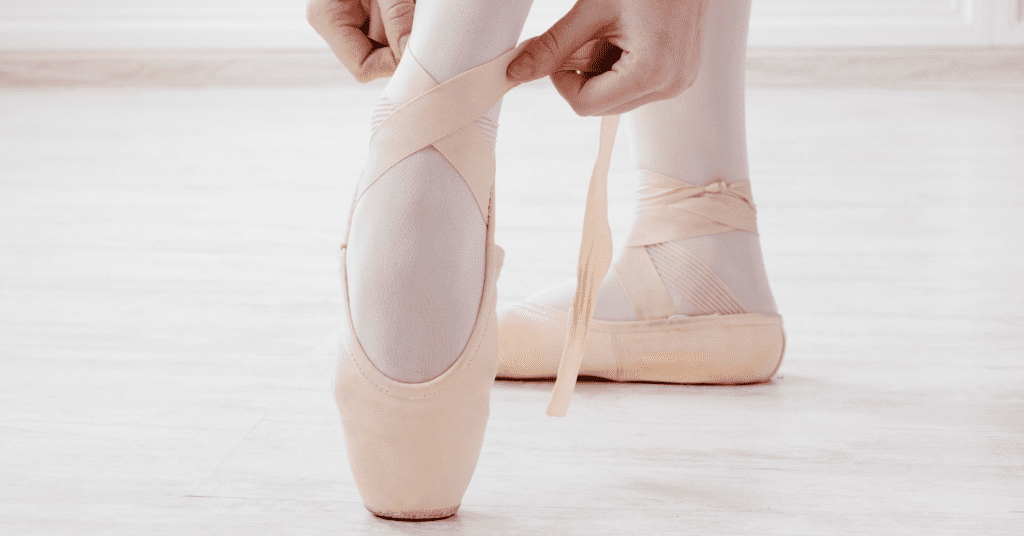Choosing the right ballet shoes for kids is essential, not just for comfort but also to effectively support their dance journey. Proper footwear can greatly influence a child’s performance and the development of their dancing skills. This comprehensive guide aims to help parents and guardians choose the best ballet shoes, ensuring they fit well and enhance the young dancer’s experience.
Understanding the Importance of Proper Fit
Ballet shoes play a significant role in a dancer’s life. They affect posture, alignment, and the ability to execute dance moves correctly. For kids still growing and developing their skills, the right shoe can make a difference in how they perform and learn ballet techniques. The perfect fit ensures the shoes are comfortable throughout training sessions and snug enough to provide the necessary support without slipping.
Types of Ballet Shoes
- Leather Shoes: Durable and supportive, leather ballet shoes are popular. They mold to the foot over time, offering a custom fit.
- Canvas Shoes: Lightweight and breathable, canvas shoes are great for children who find leather too stiff. They are easier to wash and dry faster than leather.
- Satin Shoes: Typically used for performances rather than practice due to their delicate material and aesthetic appeal.
Key Features to Consider
- Sole Options: Full soles offer more resistance, which helps build foot strength in beginners. Split soles provide more flexibility and are usually better for more advanced dancers.
- Elastic Bands: These should be securely sewn in and provide enough elasticity to support movements without cutting into the skin.
- Size and Fit: Ballet shoes should fit like a glove. There should be no excess material at the toes, yet the toes should not feel cramped.
Measuring for the Perfect Fit
Measuring a child’s foot accurately is the first step in finding the right ballet shoe:
- Trace the Foot: Have the child stand on a piece of paper and trace around their foot. Measure the length and width.
- Consult Size Charts: Use these measurements against manufacturer-specific size charts, as sizes can vary between brands.
Trying on Ballet Shoes
- Check for Gaps: Ensure there are no significant gaps around the foot. The shoe should hug the foot without squeezing it.
- Flexibility Test: Have your child do a few dance moves in them. Watch how the shoe moves. It should flex with the foot and not slip off.
- Comfort Level: Your child should be able to wiggle their toes slightly but not feel like the shoe is loose.
When to Replace Ballet Shoes
Children’s feet grow fast, and their ballet shoes should be checked regularly for fit and wear. Replace shoes that show signs of:
- Worn Out Soles: Smooth soles can lead to slipping.
- Stretched or Loose Fit: Loose shoes can hamper proper foot technique and lead to accidents.
- Material Damage: Tears or severe creases can affect the shoe’s functionality.
Additional Tips
- Buy Quality: Investing in a good pair of ballet shoes can mean better durability and foot support.
- Seek Advice: If you’re unsure about the fit or shoe type, consult your child’s ballet teacher or a professional fitter at a dancewear store.
Conclusion
Choosing the right ballet shoes for your child involves understanding their needs, the type of ballet they perform, and ensuring the boots fit correctly to support their dance activities. With the perfect pair of ballet shoes, young dancers can perform at their best, learn effectively, and enjoy their dance journey to the fullest.
For personalised guidance and a selection of high-quality ballet shoes, visit us at the Kew School of Dance or call 03 9123 8458 / 0410 311 008. Let’s ensure your young dancer has the best support for their ballet endeavors!








